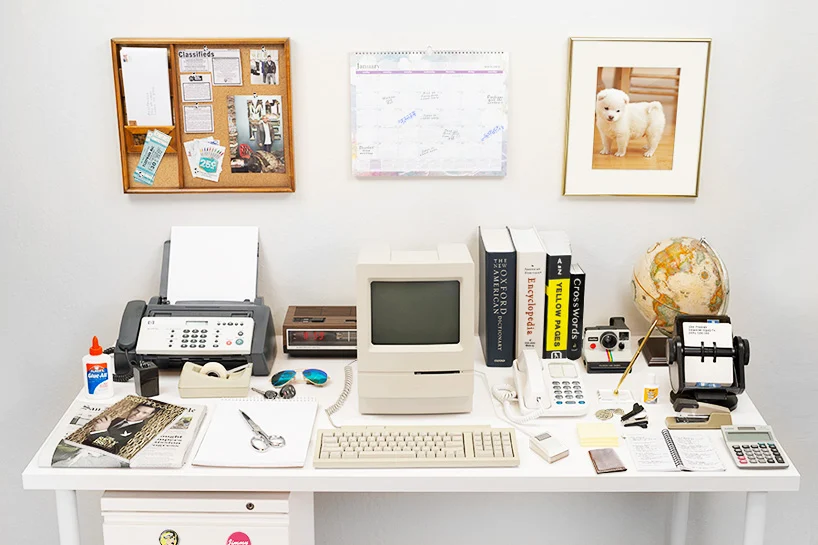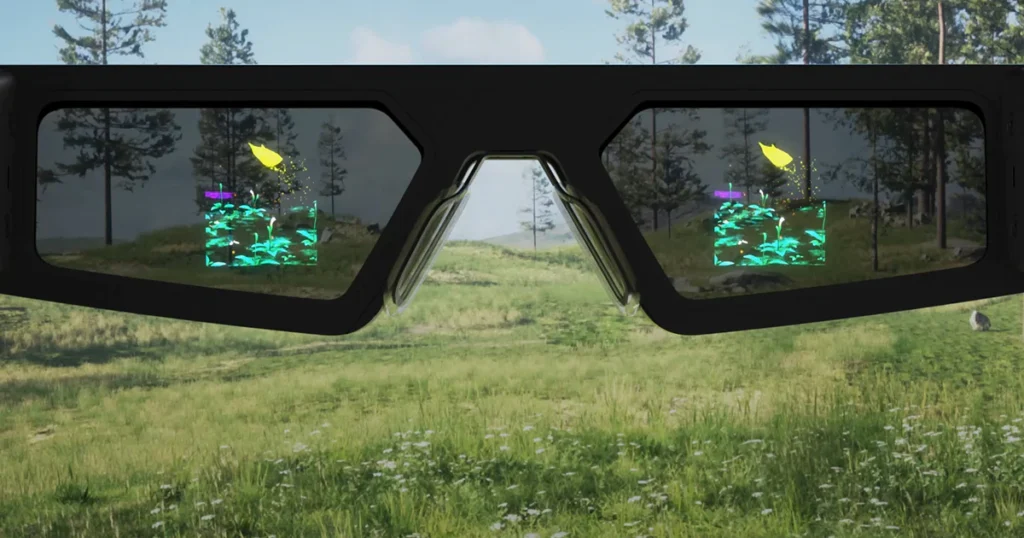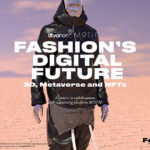
The dematerialising world
When I think of change, I often think of this story charting the evolution of the computer desk from 1980 to 2014.
As much as we thought our lives were played out in linear ways, this video shows the things that were once deemed essential that slowly dissipated from our office lives.
I’m giving a talk on digitisation in the fashion industry next week, and I keep thinking about the businesses that neglected to shift, the map printers, the fax makers and the floppy disk producers that failed to adapt and make their way into the next phase of technology adoption. If you think about some of those brands that have disappeared (and some have come back in different forms) – previously ubiquitous brands like Blackberry or Kodak – once household names whose products might spark a sense of nostalgia, but have no resonance today.
For the consumer, one day these brands were on their desks and in their lives, then suddenly they were gone. We have been going through this process of dematerialisation for some time. Things that were once physical goods have now become intangible digital assets. But one sector where this has not yet been the case is in the fashion sector.
There has been a lot said about the rise of circular commerce and resale, and the shift towards a more mindful sensibility when it comes to spending on clothing. And for a certain and growing cohort of consumers, this is true. But for others, the desire for newness carries on unabated.
Despite an increasing awareness around sustainability, there is a gap between thought and action. Research by Zalando found that 60% of the people it surveyed said that transparency is important to them, but just 20% actively seek out information as part of the purchasing process.
As an individual I can’t pretend to be above this – in what feels like the millionth month of very aggressive lockdown measures in Melbourne, there is a real trill of pleasure that comes from a courier knocking at the door with something new. And in those mailers are often dresses and blazers for a life that I have no idea of when we’ll be able to return to. (The reality of what I actually wear at the moment is a combo of fluffy fleeces and rainbow crocs to get to and from the beach for my early morning swims.)
The reason to say all of this is that I have read all of the IPCC reports and I know how bad excessive consumption is. I can and do speak extensively about the importance of the circular economy. Yet, if you stick a promo code or a new-in notification into my inbox, the dopamine hit of the future reward means that I’m no better than the Bama Rush girls with their seemingly endless #OOTD parade of Shein dresses during rush week. (Shein, an ultra fast fashion brand, now controls 28% of the US fast fashion market, and is bigger than H&M, Zara, Forever 21 and Fashion Nova).
One of the big problems with the sustainability narrative as it currently stands is that it doesn’t factor in how potent that desire for reward and social affirmation can be. Simply telling people that it’s better to want less doesn’t work when the people that have social capital in society are unlikely to be celebrated for wearing the same thing twice. And before you come at me with Marie Kondo, one of the big myths she perpetuated was the myth of less. Instead, she encouraged people to throw away perfectly good stuff they owned to make way for new stuff, stuff that she was selling.
With the climate crisis gathering steam, there is a desperate need to temper spending on new products. To get there we either need to desire new, sustainable things, or stigmatise spending on new things.
Dematerialisation of the fashion sector will provide the opportunity to give people a dopamine hit in a way that could be less damaging to the environment (but only if developers can sort out the environmental impact of cryptocurrencies and blockchains).
Younger generations, in particular, are spending more time in the kinds of virtual spaces being defined as metaverses – those, which a writer at Fast Company described as being experienced via strolling rather than scrolling – a shift from a flat UX to a 3D one.
I was talking to Yat Siu, the founder of game company Outblaze and a pioneer in the space, who told me that he believes we are already living in the metaverse, albeit in a subconscious way. “If you think about the fact that a lot of us, particularly because of COVID, appreciate our virtual values more than the physical ones. How often someone likes your stuff on Instagram or on Facebook, or for the people who are playing games, the value of skins, the kudos that they get for online achievements versus physical achievements. I would say we’re already in the metaverse.”
Fundamentally, I believe this is the first stage in a longer term shift around the dematerialisation of the fashion industry. At the moment brands are jumping on the NFT and digital product bandwagon as a means of generating hype and connecting with people in game spaces. These spaces will only become more immersive and more important spaces where many of us will spend more time in – regardless of whether you view this as a dystopia, you just need to look at Facebook’s efforts in creating a virtual workspace to understand the energy going into these spaces.
But this is only one part of the dematerialisation revolution that’s underway. The announcements that are coming out around the second wave of connected eyewear (after the first wave that included Google Glass, Magic Leap, Microsoft HoloLens and the first Snap Spectacles between 2013 and 2017) point to a future where augmented reality is the norm.
Imagine if instead of choosing a physical outfit that articulated the story I wanted to tell about myself that day, I could choose a virtual one and as I walked around, my headset would communicate to those around me. I could be a Disney princess wearing this fantastic outfit by The Dematerialised, while, in reality, wearing my cosiest athleisure gear.
New glasses by Samsung and by Snap (but not the ones announced by Facebook) point to the possibility of all of this.
The pathway towards this has many opportunities for fashion brands to become more sustainable in their physical operations, today and in the near future. I am going to be talking about this next week at Alvanon’s 3D Tech Festival. There are some fantastic speakers on the schedule (including Yat Siu). Tickets are free and you can sign up here:

Current Obsessions
Compound Collective Trauma – A phrase I coined last year for this idea of witnessing/experiencing multiple traumatic events at the same time. With the speed of the news cycle over the last few years and the sense of constantly being under threat of some combination of Covid, economic collapse, climate change, school shootings, police violence, war and natural disaster, people’s base state of functioning is at (least) a consistent state of low-level anxiety or hyper-vigilance. There was a good piece on this that came out in the last few days on Culture Study, which is mostly focused on Gen Z, called Generation Disaster. More broadly, it’s leading to things like increased bad behaviour on airlines, QAnon and empathy fatigue.
My friend (and fellow Faber alumni) Nicola’s short story, which was shortlisted in the Fourth Estate’s 4thWrite prize.
Popisho by Leone Ross. She gave a lecture to my Faber classmates last year and I fell in love with her worldview. I’ve had her book here for a few months as I was afraid that expectations would not meet reality (they did).
And while I personally take no joy in this, evidence continues to mount that hot vax summer did not meet expectations.
The continued demise of the girl boss, but also the LulaRich documentary on Amazon Prime – a dive into the Mormon MLM that hooked American women on garishly printed leggings and a vision of wealth wrapped up in empowerment, sisterhood and femininity. More on cults here.




Leave a Reply